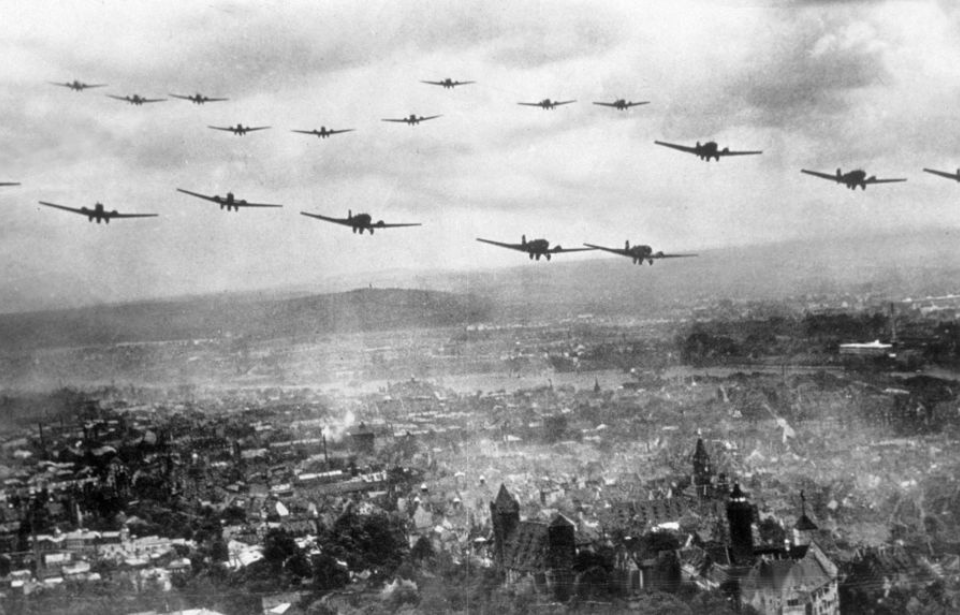Volumes have been written about the Second World War. Generations of students have learned about the conflict and, depending on the extent of their education, they’re only taught a specific set of details, with much omitted. The following are five particularly unsettling and little-known facts about WWII.
Ni’ihau Incident
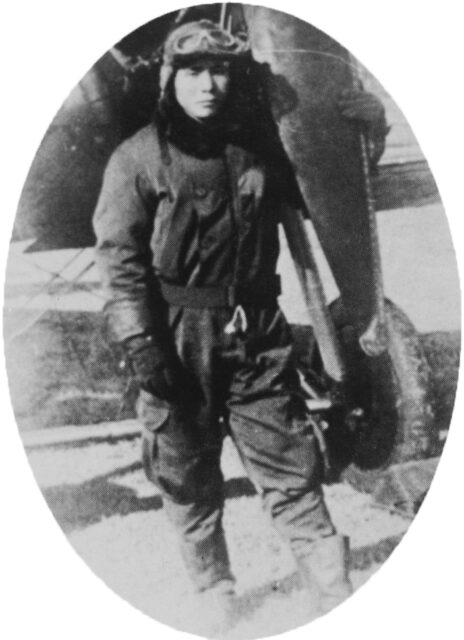
Airman First Class Shigenori Nishikaichi was a Japanese pilot who participated in the second wave of the attack on Pearl Harbor, taking off from the aircraft carrier Hiryū. Prior to the secretive assault, all pilots were told that, in the event of trouble, they were to fly 30 minutes to the Hawaiian island of Ni’ihau and await pickup by a submarine.
While he’d been tasked with combat air patrols over Pearl Harbor, Nishikaichi never made it to the US naval base. His Mitsubishi A6M “Zero” ran low on fuel and he was forced to crash land on Ni’ihau. He believed, like the rest of the Japanese, that the island was uninhabited. This, however, was not the case.
Ranch hand Hawila “Howard” Kaleohano came upon the scene and, aware of the strained tensions between the United States and Japan, seized the pilot’s pistol and papers, after which he was taken for medical treatment. A translator was brought in to bridge the language barrier between Nishikaichi and Ni’ihau’s inhabitants, with the latter unaware of the attack on Pearl Harbor.
Yoshio Harada and his wife, Irene, were of Japanese descent and spoke to the young pilot. While they were informed of the attack, they chose to keep this information to themselves. It wasn’t until a radio report that night that they learned of what happened and placed Nishikaichi on house arrest.
What followed was chaos and terror as the Japanese pilot tried to escape the island. Harada had stolen back Nishikaichi’s pistol, which was used to shoot Kaleohano. The ranch hand’s house was also set ablaze, and hostages were taken. One of them was shot three times, but miraculously survived and took out the airman first class. Harada wound up taking his own life.
Today known as the Ni’ihau Incident, this little-known event was one of the most unsettling moments of WWII.
One of the shortest soldiers captured one of the tallest
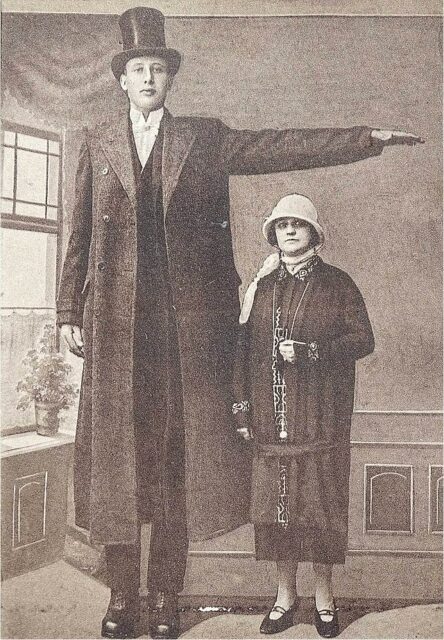
Before the German invasion of Poland in September 1939, Jakob Nacken was making a name for himself in the circus. Standing at seven feet, three inches tall, the German traveled the world as the “Giant from the Rhineland.” Unsurprisingly, he was the tallest soldier to serve in the Wehrmacht during the Second World War.
On the flip side, Canadian Cpl. Eldon Bob Roberts was one of the shortest men to serve during the conflict, standing at just five feet, three inches tall.
On September 26, 1944, a few months after arriving in Normandy as part of the D-Day landings, Eldon and his comrades were in Calais when they captured a German gun crew. Among the 250 prisoners of war (POWs) was Nacken, and the photograph taken of the pair meeting has gone down in history as one of the most interesting (and amusing) of the war.
Pilots had astonishing mortality rates
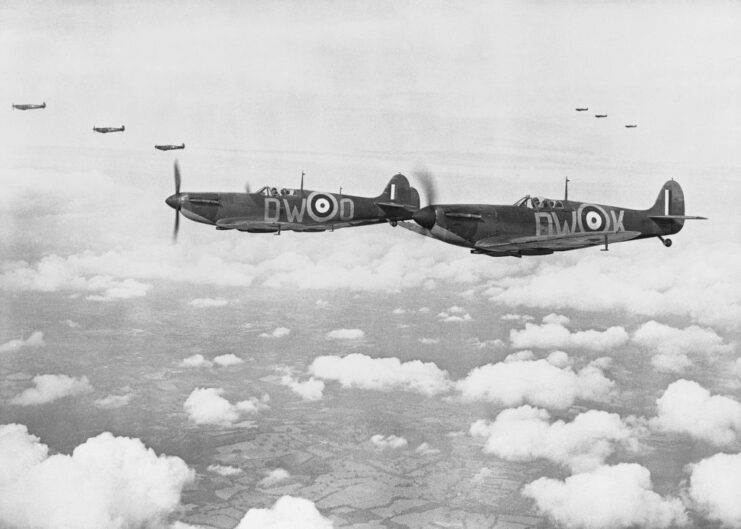
This is likely the most expected entry on our list of unsettling facts about WWII, but it’s nonetheless important to note.
While aircraft played an important role in combat during the First World War, they were far more common during the Second. As one of the most dangerous occupations to hold during the conflict, pilots had to swallow their fears and fly headfirst into combat, never sure if they’d return to base.
There are a couple of statistics that show just how dangerous it was to be an aviator during WWII:
- The average life expectancy for newly enlisted Supermarine Spitfire pilots during the Battle of Britain was only four weeks.
- Around 71 percent of those named to a bomber crew died or were labeled as missing in action (MIA).
- Over 13,000 American pilots died while training in the United States, without ever facing the enemy.
George H.W. Bush narrowly missed certain death
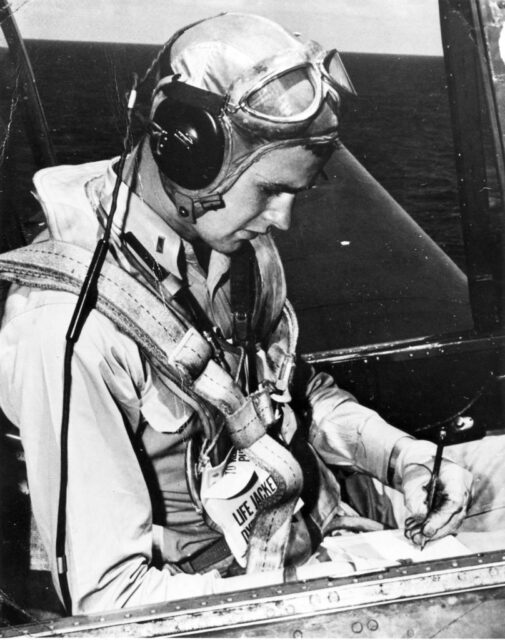
George H.W. Bush was born into privilege as the son of banker and politician Prescott Bush. Despite his affluent background, the future US president was eager to join the fight during the Second World War. Upon turning 18, he enlisted in the US Navy and was swiftly commissioned as an ensign in the Naval Reserve, becoming one of the youngest pilots in the service’s history.
Flying a Grumman TBF Avenger, Bush embarked on his first combat mission against the Japanese at Wake Island in 1944 while stationed aboard the USS San Jacinto (CVL-30) in the Pacific Theater. In August of that year, his torpedo bomber was shot down during an attack on Chichijima. He narrowly escaped death and was later rescued by the USS Finback (SS-230).
Tragically, some of his comrades were captured, killed and even cannibalized by their captors, marking an unsettling and chilling chapter of WWII.
Despite the harrowing ordeal, Bush continued his service in the Pacific, engaging in combat operations over the Philippines and training for the planned invasion of Japan, which was averted by Japan’s surrender following the atomic bombings of Hiroshima and Nagasaki.
A 12-year-old enlisted in the US Navy
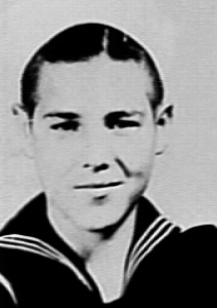
Following the Japanese attack on Pearl Harbor, plenty of young men were eager to enlist in the US military. Among them was Calvin Graham, who, at just 12 years old, wasn’t about to let the US Navy’s age limit prevent him from serving his country.
One loophole for enlistment was to have a guardian’s permission. Not wanting his family to know his intentions, Graham forged his mother’s signature on the necessary papers and snatched a notary stamp from a hotel. He then told his family he was going to visit relatives, at which point he traveled to Houston, Texas. While a dentist noted his young age, the pre-teen convinced the man to not reveal his true identity.
After undergoing training as an anti-aircraft gunner, Graham was assigned to the USS Dakota (BB-57). His first engagement was the Battle of the Santa Cruz Islands in October 1942, after which he participated in the Naval Battle of Guadalcanal. He sustained severe injuries during the fight, but put his own well-being aside to ensure the safety of his fellow sailors.
It was newsreel footage that ultimately blew Graham’s cover. His mother recognized his face and contacted the Navy, leading to his dishonorable discharge.
Why not necessarily an unsettling moment of WWII, as many young men lied about their age to enlist, the truly upsetting part is that Graham’s life entered what many would call a downward spiral after he left the Navy. He failed to return to school and found himself a divorcee and father by the time he was 17. He later joined the US Marine Corps, but was forced to leave the service after breaking his back.
More from us: The Tragic Last Stand of the HMS Hood Against Germany’s Prized Battleship Bismarck
In 1978, after writing a letter to then-US President Jimmy Carter, Graham’s dishonorable discharge was changed to honorable.
